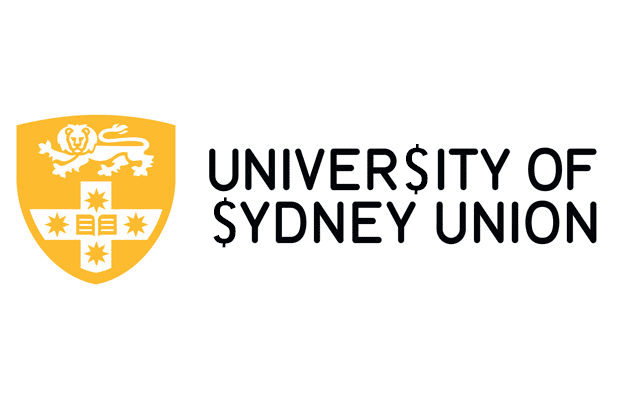The University of Sydney Union (USU) held a forum at Manning Bar today to address concerns about changes it enacted earlier this year to the Clubs and Societies (C&S) funding model. The changes came after the USU announced free ACCESS membership, and has been met with mixed reception, including complaints about how it was implemented with a lack of student consultation, and how it would deprive many clubs and societies of the necessary funds to maintain their current events programs.
USU President Liliana Tai emphasised that USU funding for clubs and societies had not been cut but had in fact increased by $65,000. Tai admitted that the Union rolled out a more conservative model due to the difficulty of predicting how free ACCESS membership would affect total membership numbers. Notwithstanding, Tai stated afterwards that the changes were “tracking really well”, and that USU membership had increased by 27%.
Speaking to the lack of consultation, Director of Student Programs Jodie Tweed admitted that the situation was not ideal, citing the time sensitive nature of implementing the changes as instrumental in the USU’s decision not to reach out to the broader student community.
Further elaborating on the process behind the change, Chief Executive Officer Andrew Woodward said that the USU had initially been negotiating for a substantially larger amount of funding, and that they were “under the impression that there was funding coming from the University that wouldn’t require a new funding model.”
However, according to Woodward, it became apparent after the University finalised its budget in December 2018 that the USU would only be receiving the “bare minimum” to cover the changes, which, according to an announcement in January, amounted to a nearly $1 million offering. Shedding light on the tight deadline the USU was working under, Woodward said that all funding had to be finalised by the 21st of December in order for the USU to be able to roll out the new changes, leaving little time for further negotiation and consultation.
Woodward then stated that the University wanted the USU to proceed with the new membership system despite the reduced funding, forcing them to discard the research they had been doing. He added that he “felt it would be more damaging to approach students with a model with so many unknowns in it”, and decided to adopt a “suck it and see” approach to rolling out the changes.
Woodward also alluded to the changes being a response to “certain ways the current scheme was being manipulated.” When asked by Honi to clarify these comments, Woodward mentioned how the lack of physical scanning of people coming to events led to questions about the factuality of the attendance numbers self-reported by clubs and societies. However, Woodward emphasised that this did not “impact the mechanics of the change”, but was a factor that informed the final decision.
Regarding the changes themselves, Tweed admitted that not every club or society could break even under the new model, but that this was anticipated while creating the new model.
“While you came from an expectation of breaking even, we came in with an expectation of how we can spread the money further,” Tweed said.
“If you’re coming from the point of view that you have a right to the money and we’re taking it away, we have different value foundations,” she added, before stressing that the USU was loosening up discretionary funding to ease in the changes.
However, Tweed did concede that the USU had not considered the fact that certain clubs and societies would face an uphill struggle in attempting to fill the gap in their funding due to their constitution not allowing them to charge membership fees.
Despite the criticisms against the new funding model, Tweed was adamant that the USU would not be returning to the old funding model. She argued that some of the feedback about the difficulty of breaking even, while true, did not factor in how ACCESS membership is now free when it used to be $75 a year.
“Honestly, the USU is taking a hit to our revenue to do this. What the University is offering is not enough compared to what we got selling ACCESS cards last year” she added.
The USU will be holding two more consultation panels in May to determine the direction of the funding changes for the Semester Two.





